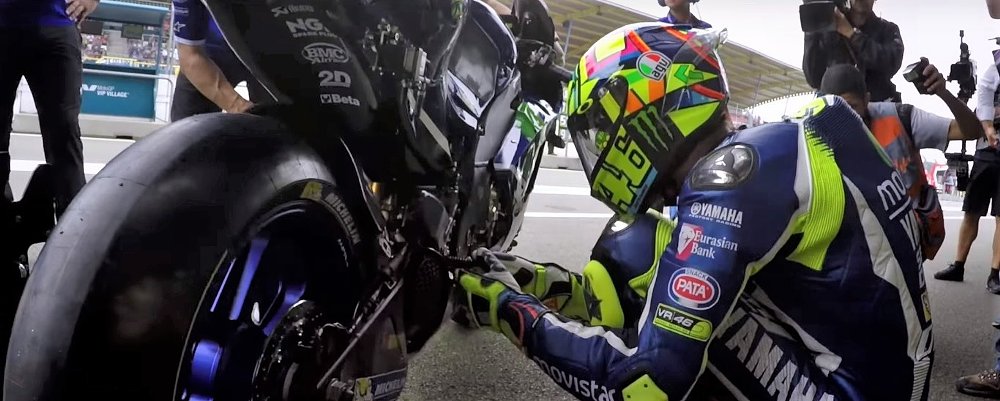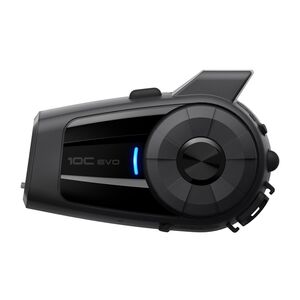So, you want to film or photograph your motorcycle. Welcome to the club, nerd.
I started taking pictures of my brother riding his dirt bike when I was 11 or 12 and somehow turned that hobby into an actual, real-life job of filming and photographing for RevZilla. A big part of what I do now requires using action cameras — small, rugged, image-capturing devices that can be mounted on a helmet or on the bike itself. If you’re in the market for something like this then the good news is there are more options than ever. The bad news is, there are more options than ever. Even as a “professional” it can feel overwhelming to figure out which model is going to work best.
So, let’s take it down the basics. Whether you’re an aspiring moto-vlogger, a casual photographer, or some kind of cinema prodigy trying to take my job, here is a list of features you should look for when shopping for your action camera.
Image quality
If your goal is to capture an image, then it’s pretty safe to assume that you want the best image possible. So, what makes a good image? The answer can be complicated but the main things to look out for are resolution, compression, lens quality, and sensor size. There’s a lot more to it than that, but this is a good starting place.
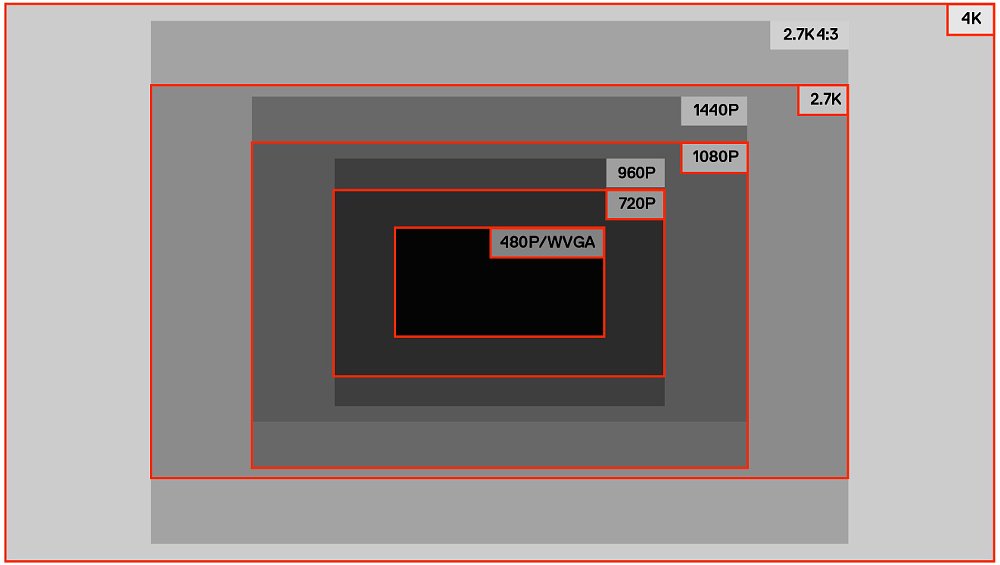
An important thing to remember is that the perfect action camera doesn’t exist — what you’re looking for is a camera that has the best balance of all these image qualities. Having 4K recording is relatively worthless if there is too much compression, the lens is junk, or if the sensor is really small. That would be like having a motorcycle with 200 horsepower sitting on bald tires, with a fried ECU, and a chassis made of Ritz crackers. It might work for a second but you’re not going to like how it ends. As long as you keep balance in mind, these are the adjectives you want to look for: high image resolution, low image compression, a fast/wide lens with a large aperture, and a big image sensor. The better each of these figures is for a given price of camera, the better results you’ll usually get.
Audio quality
I have been asked more questions about how to get good camera audio on a motorcycle than perhaps any other aspect of my job. Here’s the short answer: Get a better microphone.
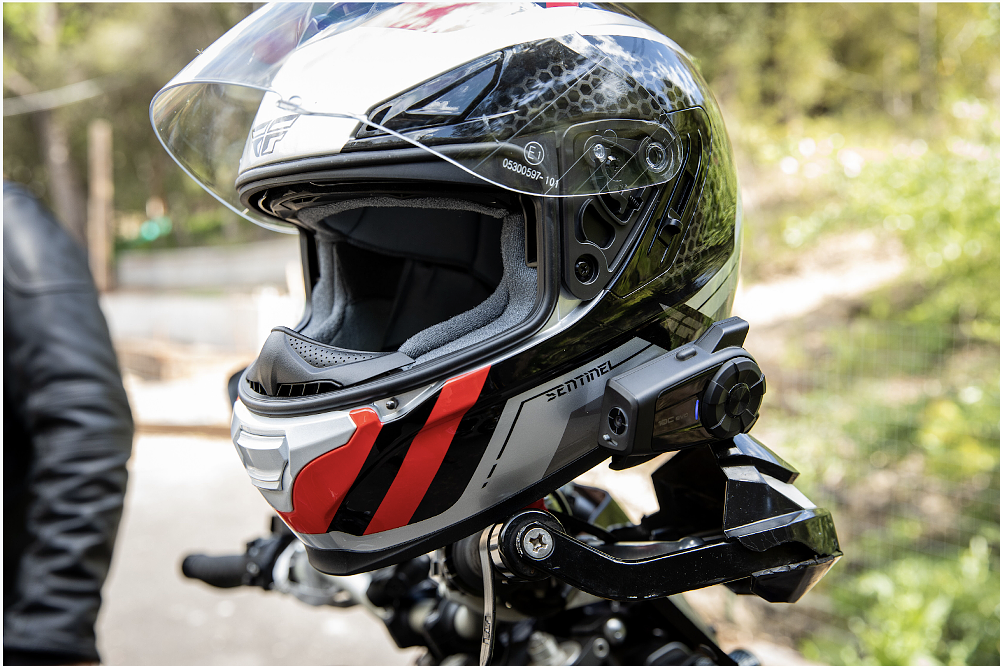
While some action cameras have decent built-in microphones, the reality is that no camera in the world is designed to clearly capture your voice or exhaust note at 70 mph. Even when mics claim to have “wind-reduction” technology, my experience suggests that “breeze-reduction” is far more accurate. All of this is to say that if audio is a major priority for you, then you need an action camera that can be hooked up to an external microphone (usually via a 3.5 mm audio jack, USB adapter, or bluetooth connection) and you need to put that microphone in a place where it isn’t blasted by airflow.
Size and shape
Most action cameras today are pretty small. Far smaller than than the 25-pound film cameras strapped to the head of riders during the making of “On Any Sunday.” But in my opinion, no amount of small is too much. Even if you mount a very compact camera to your helmet it can be a nuisance in high wind and a danger around low-hanging branches. That’s why I will often sacrifice a slight edge in image quality if it means a smaller, less obtrusive, or more usable form factor.
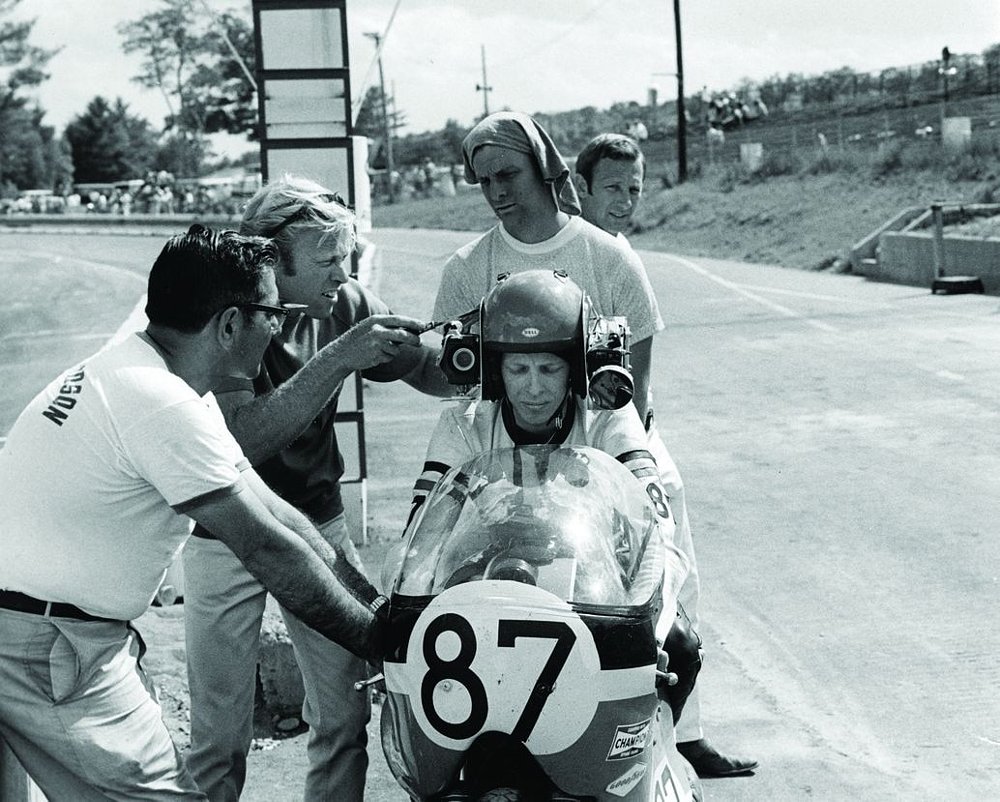
A great example of this is the pint-sized GoPro Session. They stopped making the Session in 2018, which means it doesn’t have the image quality of a current-generation GoPro Hero, but the image quality is still good enough for my needs and the smaller form factor makes it far easier to use on a motorcycle. On the other hand, I personally find that the poor image quality of Sena’s Bluetooth-communicator cameras (10C Pro/10C Evo) makes them unusable for professional video work but probably just fine for a casual rider. The point is, everyone will have a different set of priorities here. Unless your job is to record the absolute highest image quality available, I strongly recommend looking at some low-profile options that won’t get in the way while you ride.
Durability
Motorcycles are hard on stuff. They’re prone to breaking themselves, the person riding them, and sometimes the items packed on board. That’s part of the charm, frankly. So, if you want to bring a camera along for the adventure, it’s important to make sure that it can take a beating.
The main qualifications of durability on an action cam are shock-proofness and water-proofness. While some cameras (such as GoPro) have ‘proofness built-in to the camera body, others will require a case or cover in order to better survive the harsh world of two wheels. This is one of those categories where you get what you pay for. You might be able to find a no-name action camera for under $100 but chances are, even with a case, you’re going to end up replacing it after the first big tumble or rainstorm. Whatever ruggedness you think you need, it’s better to err on the side of caution. Much like choosing your riding gear, you hope for the best but prepare for the worst.
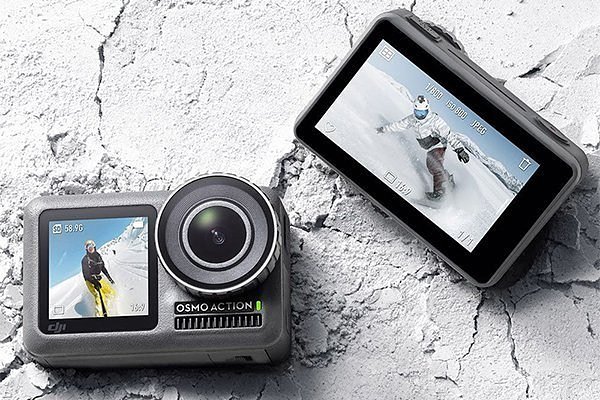
Stabilization
Nobody likes shaky motorcycle footage. It’s nauseating to watch and it rarely captures the way a ride actually feels — unless the ride ended suddenly or in a dramatic fashion.
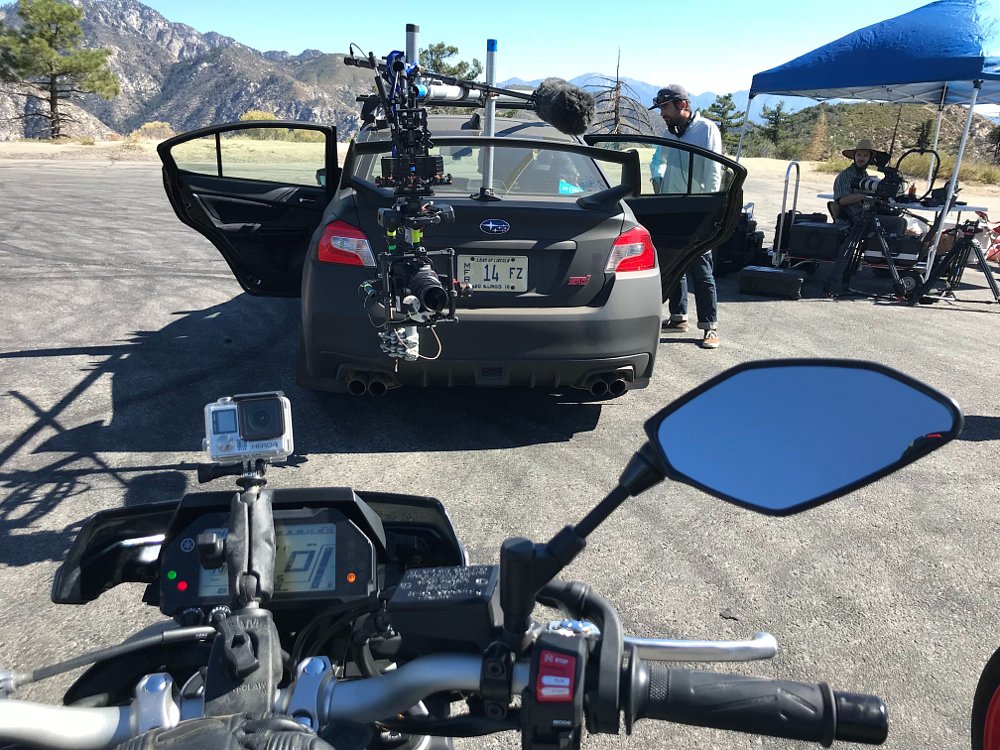
The best options for stabilizing action camera footage are to mount the camera to a mechanical gyro (à la MotoGP), to use software inside the camera to stabilize footage as it is recorded, or to try and stabilize it afterwards using an editing program. Mechanical options are neat, but they add size and cost. Meanwhile editing programs are powerful, but complicated and time-consuming. That means most motorcyclists will be best off with digital stabilization that is done inside the camera.
Luckily, many modern action cameras now come standard with this technology and the technology itself has improved immensely over the last few years — similar to traction control or ABS on motorcycles. GoPro is still the king of smooth, but competitors like DJI, Insta360, and Sony have been closing the gap every year. While unfortunately there is still no technology to make your footage look as fast as you remember, at least now it can be just as smooth.
Battery life
Charging batteries is a pain. This is especially true on a motorcycle where charging ports are a precious commodity and messing with cables while riding is a quick way to end up on the ground.
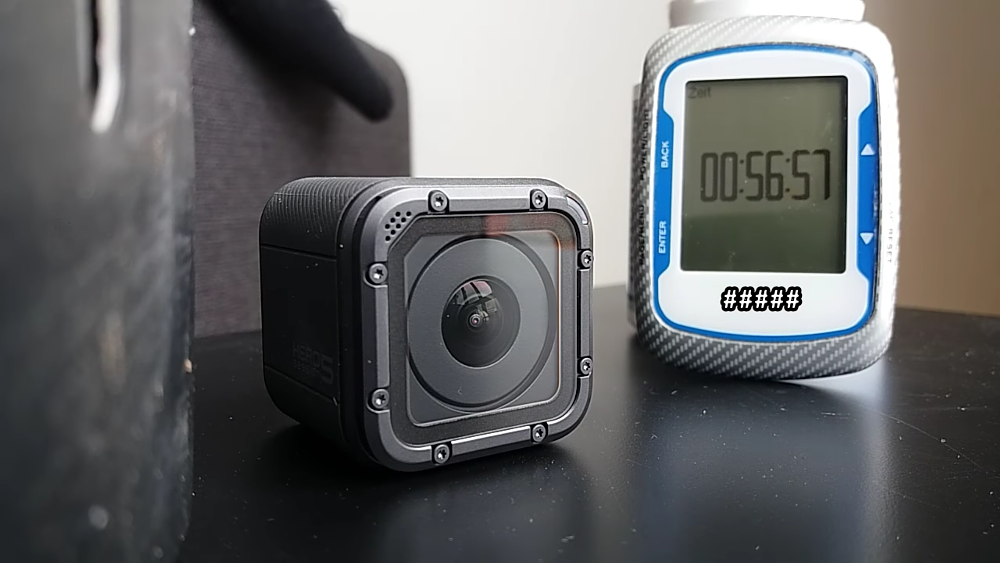
How quickly your camera battery drains is usually correlated to the type of image capturing you’re doing. Snapping some photos in your driveway will require significantly less battery power than constantly filming a road trip at a high resolution. However, other considerations to have in mind are the capacity of the batteries being used and whether or not they are swappable. This was another issue I had with the Sena headset cameras. Since those batteries are not removable, I was often left with a dead camera and a dead headset. Double bummer. If you’re planning a big trip then I highly recommend testing your camera beforehand to determine what kind of battery life you can expect. And if it’s an option, purchase some extra batteries that you can have pre-charged for a quick swap.
| Motorcycle action camera buying guide | |
|---|---|
| Image quality |
|
| Audio quality |
|
| Size |
|
| Durability |
|
| Stabilization |
|
| Battery life |
|
| Connectivity |
|
Connectivity
Most modern cameras will offer some kind of WiFi or Bluetooth connectivity and even if you hate the idea of downloading yet another app (I certainly do) this is a feature worth exploring.
Checking the framing of a helmet-mounted camera, wirelessly transferring images, and remotely triggering the shutter or record button are just a few of the things that I’ve done by connecting an action camera to my phone or tablet. You can also adjust settings, play back previous clips, and even edit footage—all of which is easier to do from a phone than from the back of a miniscule camera screen. If any of this sounds appealing to you then I definitely recommend researching the quality of the camera app before purchasing the camera itself. I once bought a Nikon 360 camera that was pretty decent as a recording device but required the use of an app so dysfunctional you would think it was designed by a committee of pigeons. Suffice it to say, I stopped using the camera entirely rather than suffer through the bugs of that user interface.
Accessories
When it comes down to getting the most out of your action camera, chances are you’re going to need some accessories. Farkles, in bikespeak.
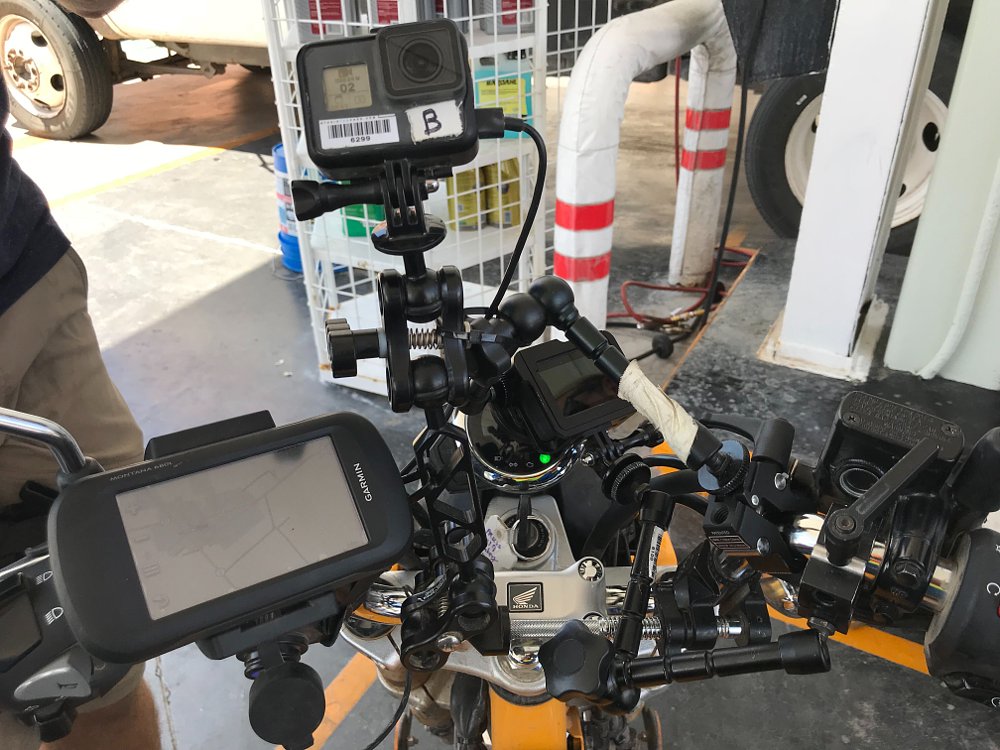
I’ll go over this in greater detail in a separate article, but the gist is that you need to make sure your camera is compatible with the most common mounting accessories used on motorcycles. For the most part, everyone has ripped off GoPro’s three-pronged, thumb-screw mounting system. As annoying as I’m sure that is for GoPro, it’s certainly nice for consumers since, it means that many accessories are compatible across camera brands. But, they aren’t always. The best camera in the world isn’t going to do you much good if you can’t attach it to your body or the bike as you roll down the road.
Special features
Virtually every action camera on the market has some kind of special feature that might make it a good fit for your motorcycling lifestyle. Find the one that matters to you.
For the GoPro Hero 8, it’s HyperSmooth — the best digital camera stabilization in the world, so they say. For something like the Insta360 One R, it's the modularity — the ability to build a camera that suits your exact needs. Whether it’s a camera that records 360-degree footage, has a large sensor, or is just incredibly small, there are a number of models that do specific things really well. If any of those are important to you, then it might be worth sacrificing overall image quality, audio quality, size, durability, connectivity, or price in order to have the special feature you want.
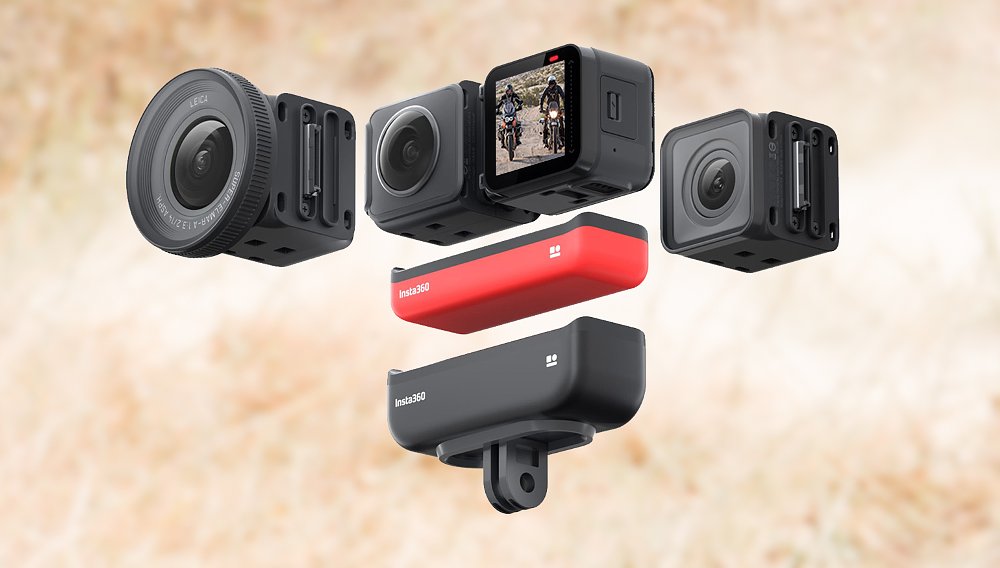
Price
Finally, it comes down to the dollars and cents. You can spend $50 on an action camera and you can spend $500 on an action camera. Broadly speaking, you get what you pay for. Since I’m an incurable cheapskate I usually try to find the best camera available on the used market — even if it’s a generation old. Unless you’re truly a high-end professional that needs all the bells and whistles, chances are a camera that came out within the last few years will be just fine.
The same cannot be said for no-name camera brands. If you decide to save a few bucks by purchasing an action cam that claims to have perfect stabilization, 8K video quality, and a built-in toaster, don’t be surprised if those features don’t live up to the marketing materials. Do your research and keep your skepticism within arm’s reach — just like you would when purchasing a new motorcycle.
Conclusion
There’s an expression in photography that “The best camera in the world is the one you have with you.” I’ve always taken that to mean any camera is better than no camera and that having a nice camera doesn’t automatically make you a better photographer/videographer, especially if you left it at home so it wouldn't get damaged on your motorcycle. So, while it’s tempting to think you need the latest and greatest action camera in order to properly record your two-wheeled shenanigans, don’t let the shadow of new technology hold you back from making the most with whatever camera you have or can afford.

 Membership
Membership










